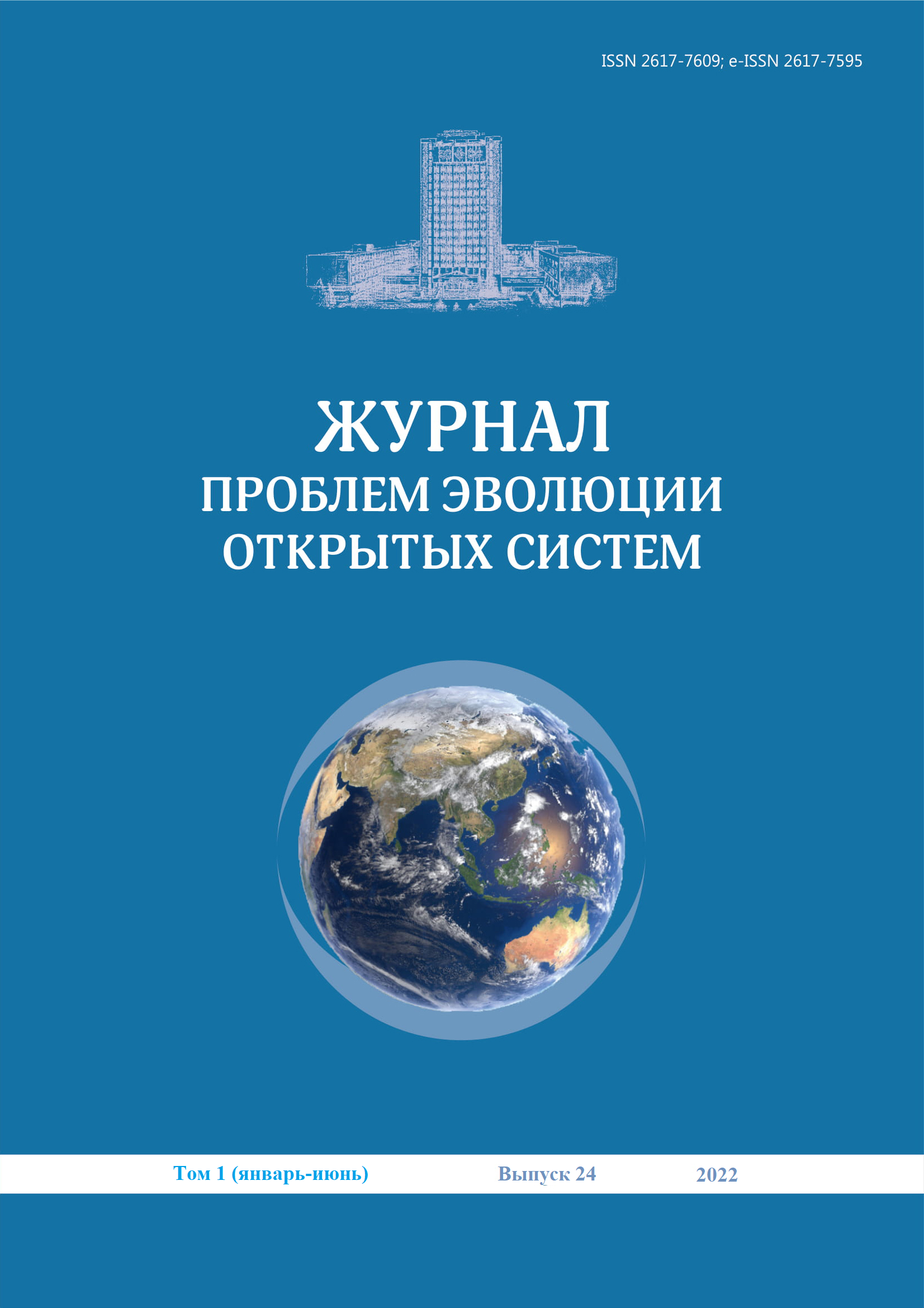Research of AQUILA molecular cloud on formaldehyde (H2CO) wave length based on radioastronomic observations
DOI:
https://doi.org/10.26577/JPEOS.2022.v24.i1.i5Abstract
One of the most important tasks of astrophysics is to study areas and processes of star formation. Since the molecular clouds of the interstellar medium of the Galaxy are the most important structures in the regions of star formation, the study of their composition, internal structure, origin and evolution will make a significant contribution to solving this problem.
A molecular cloud is a type of interstellar cloud whose density and size allow molecules and various complex compounds to form in it. Because of their complex structure, molecules have a lot of spectral lines in the radio range. In this regard, in this study, we studied the data of radio astronomy observations at the wavelength of a formaldehyde molecule (H2CO).
The aim of this study is to search for star formation regions in the early stages of evolution by studying the Aquila molecular cloud at the wavelength of a formaldehyde molecule (H2CO). This study presents the results of the first radio astronomical observations of the H2CO formaldehyde molecule in the southern regions of W40 and Serpens South of the Aquila molecular cloud, obtained during February 2015 at the 26m Nanshan radio telescope of the Xinjiang Astronomical Observatory of the Chinese Academy of Sciences. Data were obtained on the absorption line of formaldehyde H2CO (l10-l11) (λ=6 см, ν0 = 4829.6594 МHz). The study also used archival data obtained by observing 12СО(2−1) and 13CO(2−1) and 6 cm continuum molecules for the Aquila Rift region.
Maps of the integral absorption intensity of H2CO, maps of the distribution of the centroid rate of absorption of H2CO and 13CO radiation (1−0), distributions of the 6 cm radio continuum superimposed on integrated H2CO absorption contours, a map of the H2CO line width, the distribution of the excitation temperature of the H2CO absorption lines, and H2CO channel velocity to the Aquila molecular cloud. The H2CO excitation was determined by which a new star formation region was detected in the Serpens 3 region.







